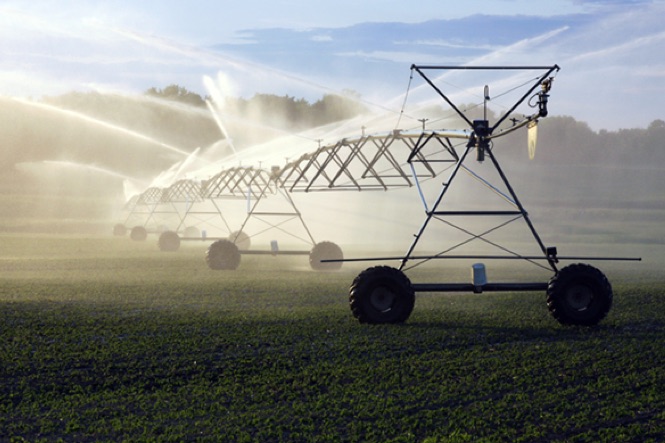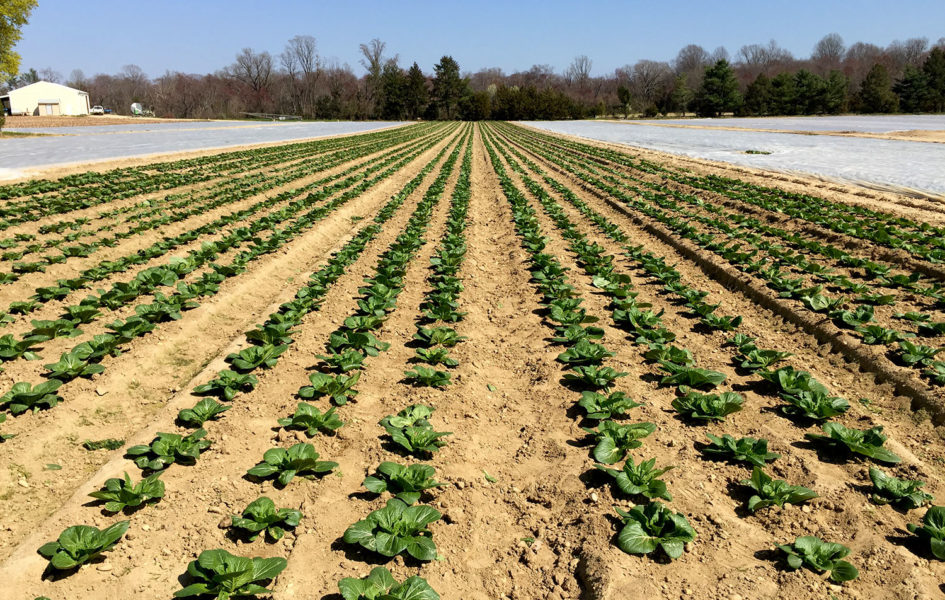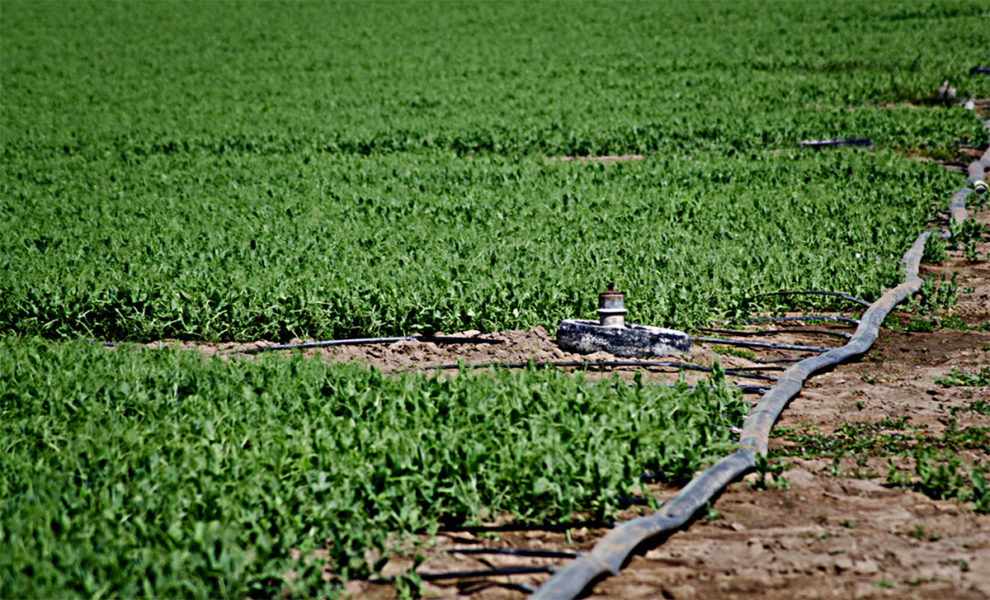Protecting Water Resources on the Farm
Farms can increase benefits to the soil, water, and natural areas while helping the sustainability of the farm by saving time and money, reducing pests, increasing crop yields, and decreasing irrigation and fertilizer use.

Water Friendly Farms
Water Conservation and Protection Practices:
Southern New Jersey is known for its rich history and it’s rolling farmland that stretches across much of the landscape. With thousands of acres of cropland, pastureland, and orchards, Southern New Jersey offers a wide array of fresh produce and food, giving New Jersey it’s famous nickname – The Garden State. As a farmer or producer who manages and cares for the land, you often depend upon natural resources to run a successful operation. You know how important healthy soil and clean water is to your land and recognize the connection between nature and agriculture.

Working lands across Southern New Jersey are an integral part of the local communities and can help to protect natural resources. By adopting certain practices, farms can increase benefits to the soil, water, and natural areas while often helping the sustainability of the farm by saving time and money, reducing pests, increasing crop yields, and decreasing irrigation and fertilizer use.
There is a variety of different practices, called Best Management Practices (BMPs), that can help protect soil and water while improving the success of the farm.
Water-Friendly Farm Stories and Case Studies: Profiles or case studies featuring farmers in southern New Jersey who have implemented BMPs. These should serve as testimonials and instructional stories to encourage farmers who are on the fence about investments in new technology or techniques. Initial stories will be derived from Audubon and PPA BMP profiles.

Many producers in Southern New Jersey have been embracing these practices to protect soil health and water quality on their land. Want to hear directly from the producer and learn from their experiences? Here are some of the highlights.
Farm Water Protection BMP Database: Database of BMP resources with links to internal and external resources. User will be able to filter based on specific BMP type or other subject categories. Resource links will be curated SJWS based on categories created by SJWS and include linking to NRCS and other resources. The goal is to not duplicate efforts, but incorporate where items already exist.
There are many different best management practices that you can adopt to protect soil and water resources while improve the sustainability of your farm. Some highlighted practices include:
Cover Crops
By covering the soil between cash crop harvest, you can build soil health on your farm while keeping water clean. Additionally, cover crops can help reduce fertilizer applications, reduce weed and pest pressure, increase organic material, all while helping to increase your yield.
Reduced or No-till Management
By limiting the amount of soil disturbance, a no-till planter can help decrease compaction and reduce the number of necessary passes in a field, saving fuel, time, and money.
Filter Strips & Stream Buffers
By planting natural cover on the edges of fields, you can help reduce flooding, keep soil and water on your land, protect water ways by creating a natural filter, and provide resources to beneficial wildlife.
Pollinator Habitat
By planting a variety of native wildflowers, you can help provide all the benefits of a filter strip or stream buffer, with the added benefit of crop pollination. Native pollinators can help honey bees work harder!
Livestock Fencing & Stream Crossings
Limiting livestock access to streams and providing a stable stream crossing can help keep water clean, keep soil on the farm, and help prevent cattle and equipment from getting stuck. These practices, coupled with rotational grazing and a providing a separate clean water source for livestock, can improve operations and protect natural resources.
Center Pivots & Drip Irrigation
Upgrading a hard hose or traveling gun to a center pivot or drip irrigation can greatly reduce the amount of water necessary to irrigate your crops. To make even better use of your irrigation system, you can enroll in an Irrigation Water Management Plan, which helps monitor soil moisture and water, making your system even more efficient.

Grassed Waterways
When water flows quickly over a field, it can sometimes leave deep cuts and ruts in the ground. A grassed waterway can help to disperse some of that water and allow it to infiltrate back into the ground.
Stormwater Management
In an effort to help keep clean water clean, you can install gutters, downspouts, and other types of drainage around buildings, especially those that house animals during the year.
These are just a few of the best management practices you can adopt to keep your land healthy, productive, and thriving. The more practices you adopt, the better success you will have.
Additional Resources
Interested in learning more about best management practices and how they could work on your land? Fill out the Ask an Expert form and we’ll get in touch with you promptly.
New Jersey Audubon Society
Natural Resources Conservation Service – NJ Office
USDA Farm Service Agency – NJ Office
US Fish and Wildlife Service
Rutgers University – NJ Agricultural Experiment Station
NJ State Agricultural Development Committee
South Jersey Resource Development Council
NJ Agriculture – Soil Conservation Districts
